The Dominican Republic – located on the Caribbean island of Hispaniola – is a country with a bright and lively culture. While the long, pristine beaches, clear, blue waters and golf courses make it a popular tourist destination, there is much more to the Dominican Republic than its coastline resorts. Standing in stark contrast to these areas of wealth are impoverished slums and villages. The presence of extreme poverty is deeply saddening, but alongside the hardship there is much to celebrate about the Dominican Republic. From mountains, waterfalls and savannahs to delicious foods, colorful costumes and delightful music, here you will find a nation rich in beauty and tradition. We’d love to share some interesting facts with you about the Dominican Republic – facts that will give you a deeper look into the culture and life of this island country where over 67,000 Compassion-assisted children live.
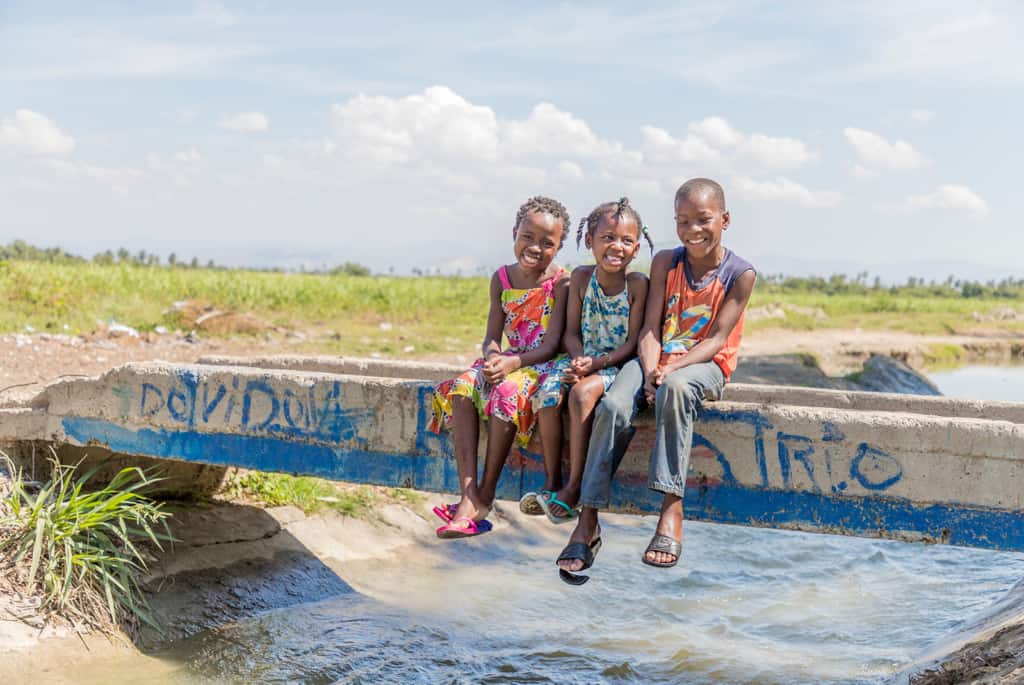
Key Facts About the Dominican Republic
Here are some quick, key facts you should know about the Dominican Republic:
- Population: 10,499,707.
- Capital: Santo Domingo – the oldest European city in the Western Hemisphere!
- Official language: Spanish.
- Area: 18,791 square miles (48,670 square kilometers). That’s a little more than twice the size of New Jersey.
- Economy: Tourism plays a large role in the economy of the Dominican Republic. In fact, it is the most visited country in the Caribbean. The farming and processing of cocoa, tobacco, sugarcane, coffee, cotton and other goods also creates many jobs.
Culture and Traditions of the Dominican Republic
The heritage of the Dominican Republic comes primarily from three influences: Spain, Africa and the Taínos (the original inhabitants of Hispaniola). Over the past 500 years, these different people groups have merged to create unique cultures and traditions. Here are just a few cultural facts from the Dominican Republic:
Religion: Nearly half of Dominicans identify as Catholic. A large minority, over 20%, identify as Protestant, while 28% do not claim any religious association. In some cases, Catholicism, native traditions and West African influences have mixed together creating unique religious practices.
Clothing: Bright colors and shiny fabrics are often worn by the stylish Dominicans. A tidy personal appearance is valued, and the clothing designs are similar to those worn in the U.S. In rural areas, women tend to wear skirts or dresses and the men wear simple pants and shirts. The beautiful national dress bears a Spanish influence and is made with the colors of the flag — white, red and blue.
General culture: Dominicans are welcoming people and appreciate a great sense of humor. They value family, and it is not uncommon to find three generations living together under one roof. With a variety of socioeconomic classes, ethnic groupings and geographic settings, it can be difficult to identify a unifying culture. However, a love for celebrations, music, dancing and baseball, the national pastime, brings the Dominican people together.
Music and Dance of the Dominican Republic
Music and dance are central pieces of Dominican culture. If you visit the island, your feet may want to tap along to the lively music of “merengue” and “bachata.” “Son,” while not as famous as merengue and bachata, is a truly Dominican genre that weaves Spanish and African sounds together. Perhaps during your visit you will listen to folk songs with tunes and rhythms from Africa, Spain and the Middle East. In the street, you may hear popular beats of “reggaeton” music. The excitement of Dominican music and the joy from their dances is contagious!
Merengue is the most important music and dance genre of the Dominican Republic. This style is generally played by a small band that may include an accordion, guitar, “güira” (a cylindrical percussion instrument scraped with a stiff brush), “tambora” (a small, double-headed drum) and maracas. The accompanying dance is a combination of African steps and the French minuet — creating a fun, upbeat style. Each year, Santo Domingo hosts its famous Merengue Festival, which attracts artists and tourists from all over the world.
Bachata originated in rural Dominican neighborhoods. Although it was at first a slow, romantic music style, bachata has become faster-paced and upbeat. It is traditionally played with a guitar, and the accompanying dance is smooth and relaxed.
From the playful merengue and pop music to the charming sounds of bachata, the Dominican Republic possesses a rich music and dance culture.
A Story From the Dominican Republic: Girls Dancing for Joy
Dance is an integral piece of Dominican culture and the most popular hobby for girls. Sadly, many girls learn to dance in the streets and are exposed to harassment and abuse. The inappropriate comments and attention they receive in the streets can damage the girls’ emotional development and result in struggles with body image and self-esteem.
But a Compassion center in Santo Domingo is giving girls a safe place to express themselves with dance. Instead of being exposed to dangerous attention, they are learning to glorify God through dance. They are excited to come to the local church to learn a fun skill and hear about Jesus.
“Dance classes not only entertain the girls but teach them that they can have fun and believe in Jesus. They learn that they can jump, play and dance … in a way that glorifies the Lord. To be part of the dancing team makes them feel that they belong — that they are important,” says Vanessa, a former dance tutor for girls in Compassion’s program.
It is wonderful to see these young ladies dancing for joy!
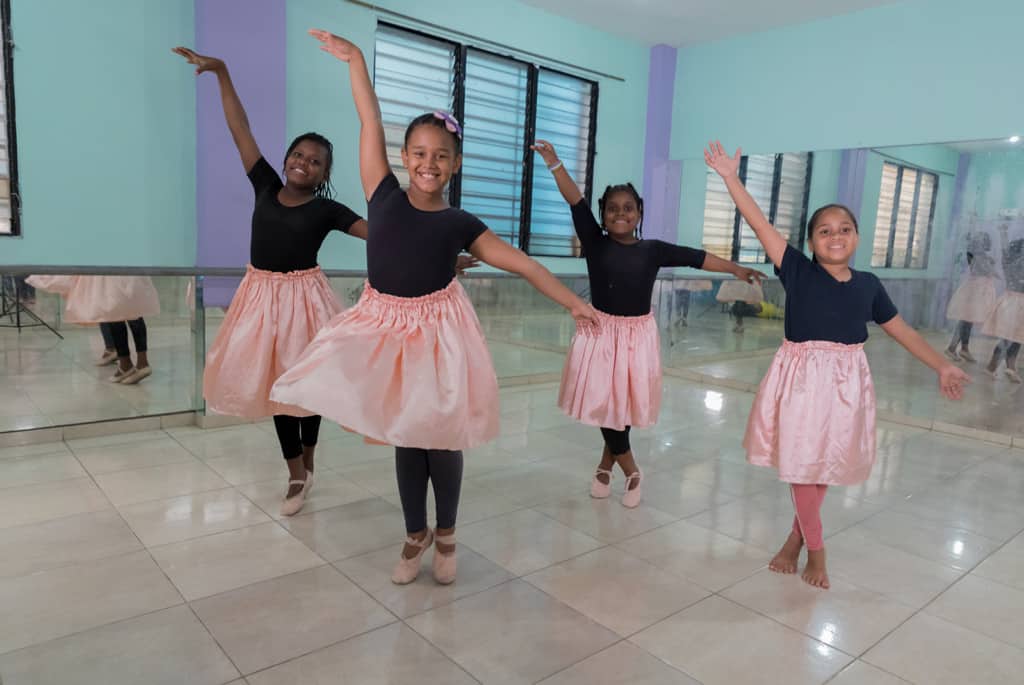

More Stories About the Dominican Republic
Food and Drink of the Dominican Republic
Dominican cuisine reflects the country’s heritage and history. While there are other influences, most food has Spanish, African or Taínos origins. Some staples of the Dominican diet include rice, beans, fish, shrimp and an array of fruits and vegetables. Here are a few favorites from Dominican kitchens.
Sancocho is a traditional stew served mainly at parties and special events. This hearty dish comes in different variations depending on each family and cook. Beef is customarily used in Dominican sancocho, but other recipes call for pork, chicken and goat meat. A variety of root vegetables are added, and then the stew is served with rice and avocado.
La Bandera Dominicana, or the “Dominican Flag,” is a patriotic dish made from white rice, beans and meat. The rice is arranged in a cross, while the meat and beans form four red corners to create a Dominican flag. Learn how to make this traditional dish here.
Habichuelas con dulce, translated as “sweet cream of beans,” is a popular dessert during Lent. Red beans, cinnamon, nutmeg, coconut milk, evaporated milk, raisins, sugar and salt are blended into a sweet liquid and garnished with milk cookies or casabe (a crispy flatbread also known as cassava).
Morir soñando is a popular drink whose name translates as “to die dreaming.” This distinctively Dominican beverage is made from orange juice, milk, cane sugar, chopped ice and sometimes vanilla or lemon juice. It is a perfect summertime refreshment!
BONUS: Fun Fact About the Dominican Republic
The Dominican Republic boasts both the highest and lowest points in the Caribbean. Pico Duarte rises up to 10,164 feet (3,098 meters) above the Caribbean, while Lake Enriquillo rests 151 feet (46 meters) below sea level.
Photos of What Daily Life Is Like in the Dominican Republic
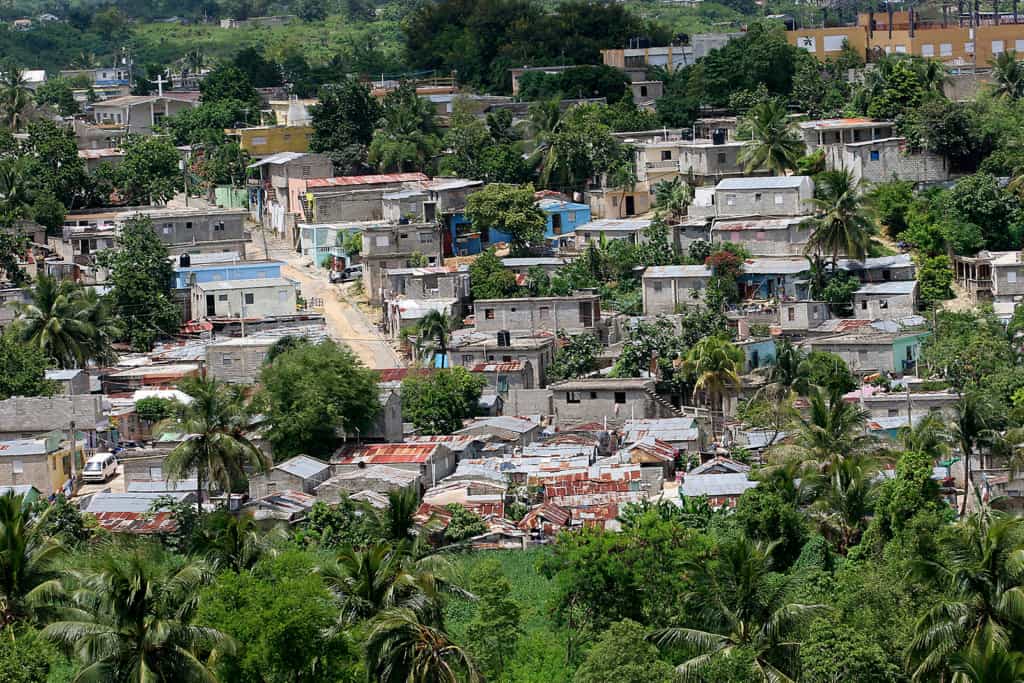


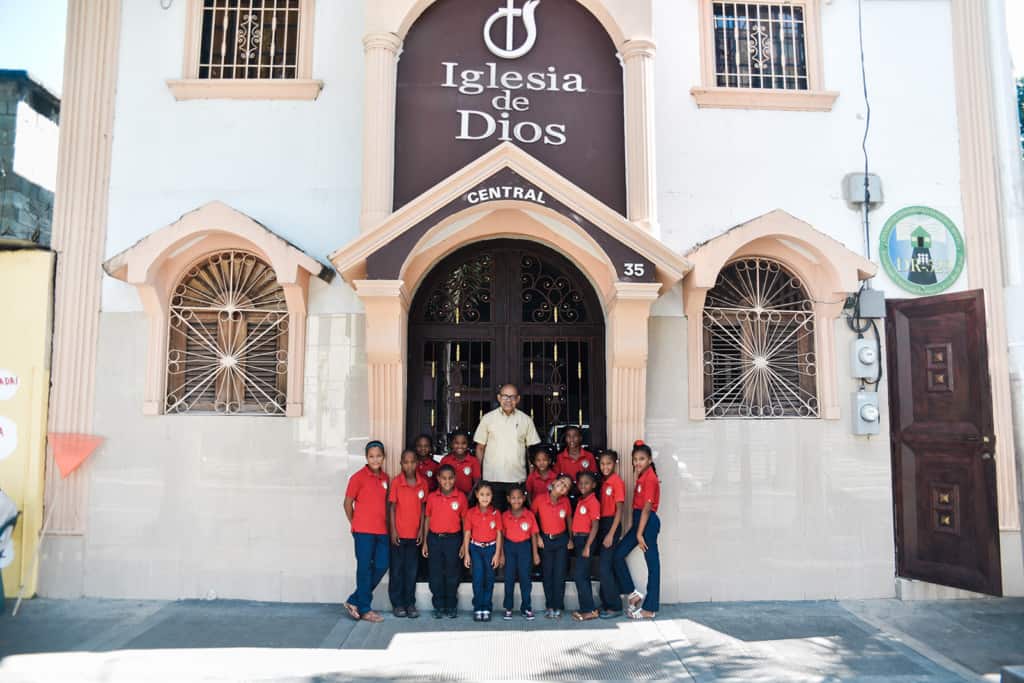

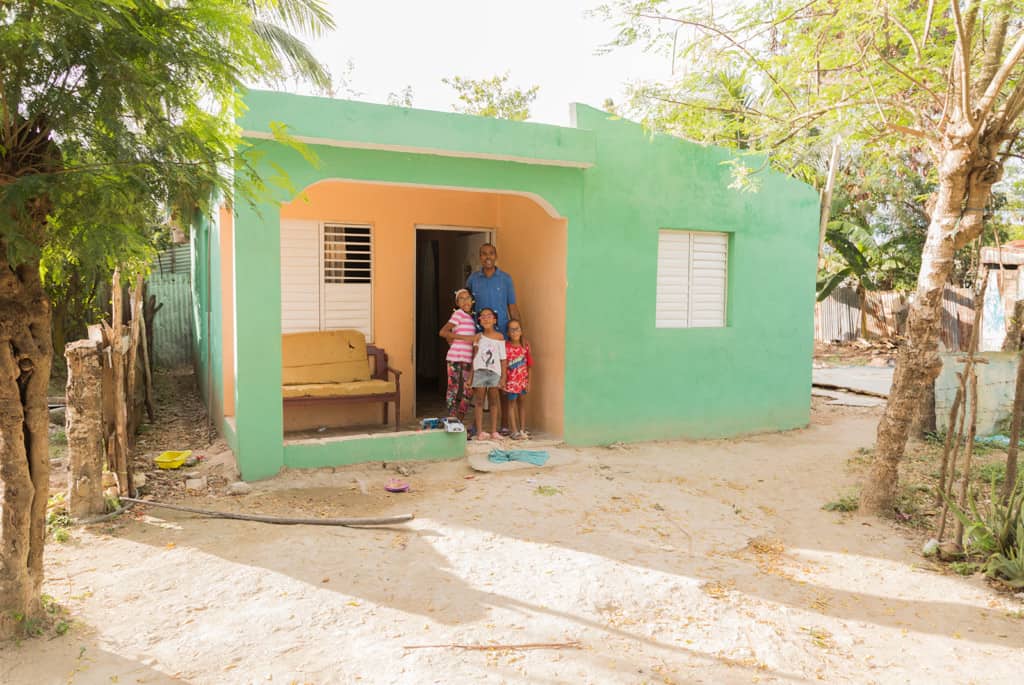
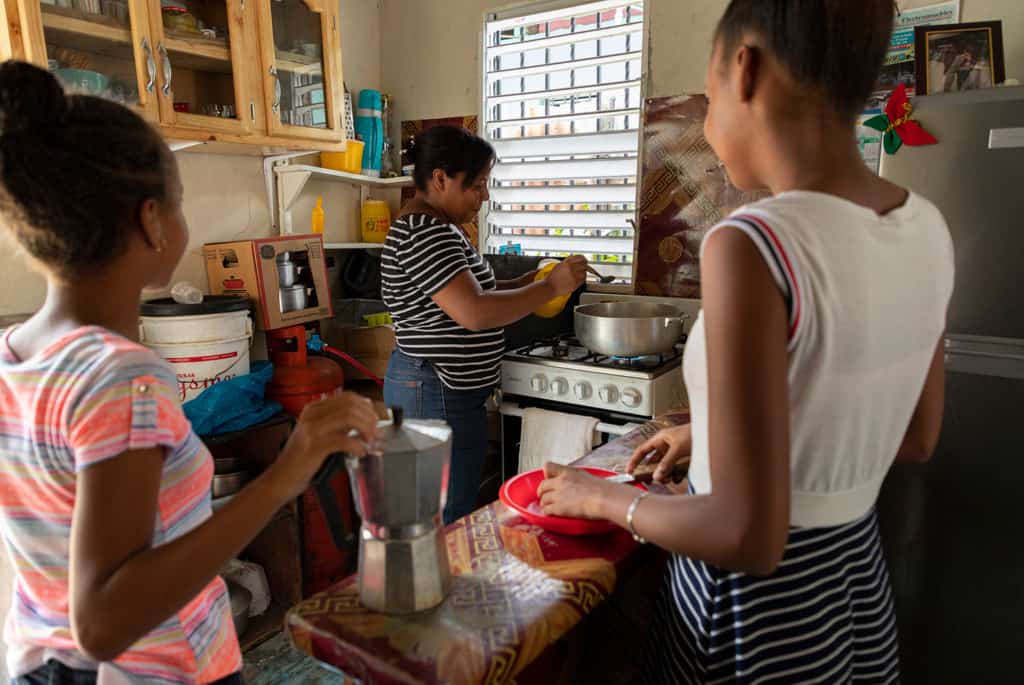
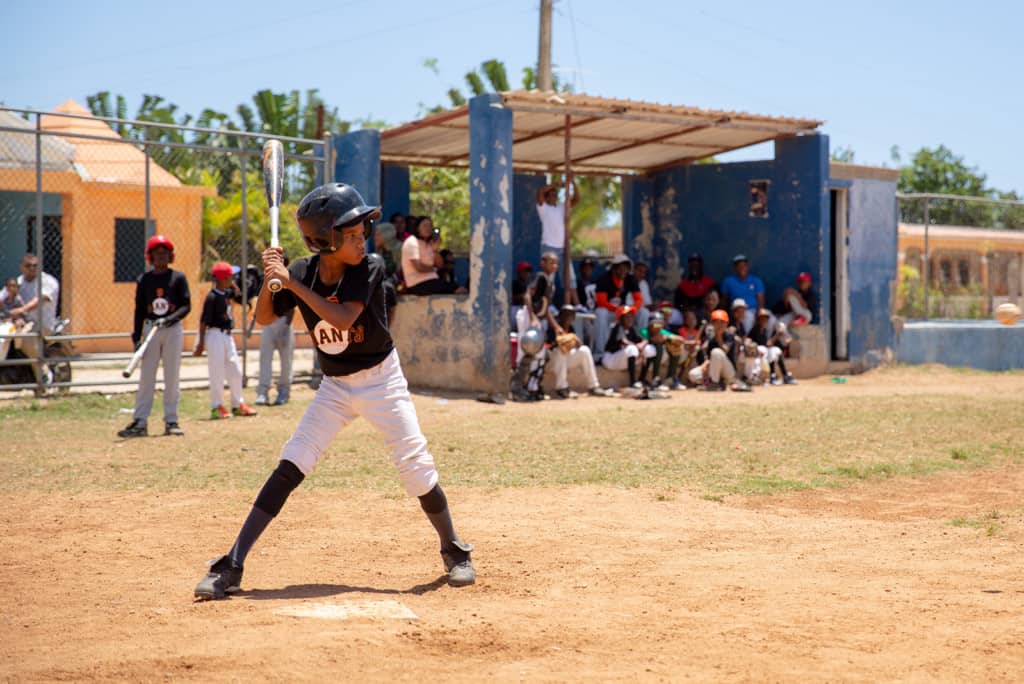
Do you want to keep learning about the beautiful country of the Dominican Republic?
Facts About Compassion and the Dominican Republic ›
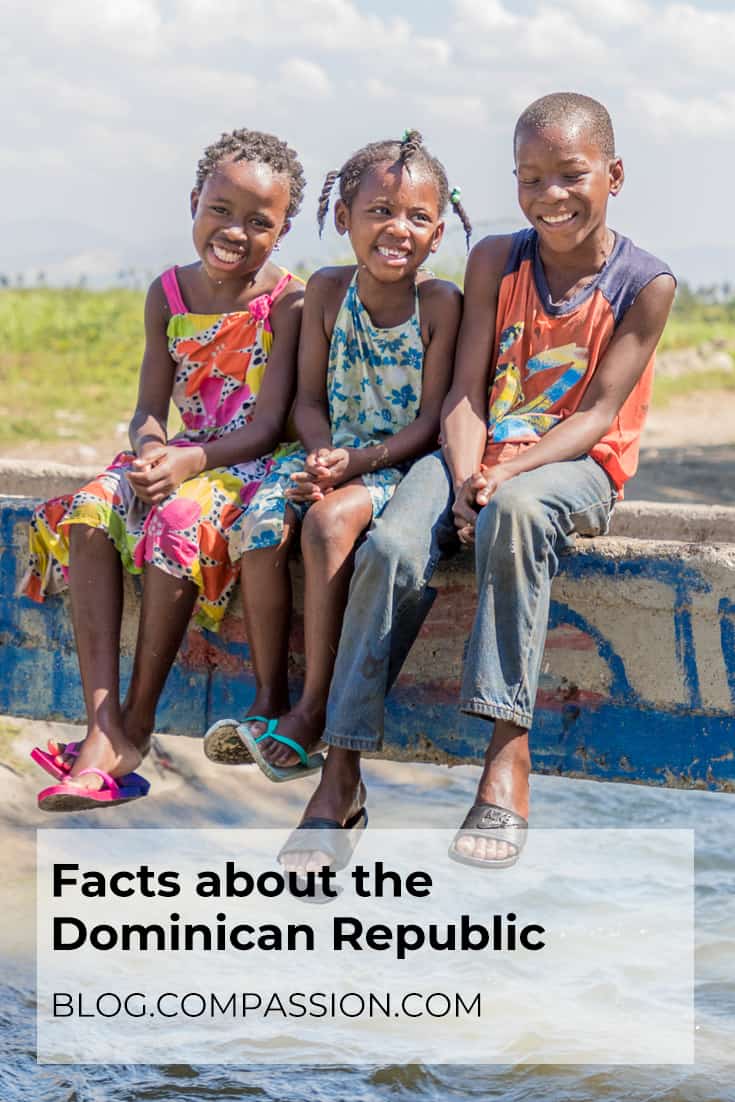

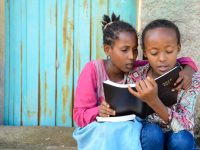

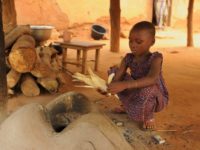
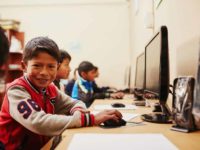


25 Comments |Add a comment
thanks for this site it helped me with a 7th grade slide presentation for social studies! may god bless you!
Thank you so very much for your service to God by helping all of the blessed children in Compassion. I always love learning more about my child’s native land and it’s people. Much love, and prayers to you all.
Thank you for sharing about the Dominican Republic. I hope to visit one day.
Hi Brenda! I am so glad you liked this blog post. I pray that you are able to visit the Dominican Republic one day soon. ??
Thankyou for sharing the facts and photos of the Dominican Republic and for your the love of Jesus over there!!
Thank you for the glimpse into the life of my child. This will help in writing future letters to him.
Mahalo nui for sharing information about the Dominican Republic and for Compassion International having an influential presence there.
Thank you for the info and photos about DR. This helps provide a closer feeling to conditions and life of the child I sponsor.
May God bless Compassion efforts!
I have visited my child twice — and what a blessing that was!! I got to see Compassion in Action and how much they do for these DR children!! I really want to go back as soon as travel is allowed. I just love this country and am so thankful Compassion is there for these precious children.
Thank you for sharing this! It helps to paint a picture of where my sponsored child is living and growing everyday!
I hope to one day travel to the DR, get to meet my child, and help in his community in some way. <3 Such a beautiful country!
Thank you so much for posting this information so we can learn about where our sponsor children live. Praying for them and all of Compassion’s staff. God bless you for your work!
Love the Dominican can’t wait to visit again. Saying prayers and sending strength to get through the added hurdles of covid. Hope everyone is staying safe.
So nice to see pictures. It is a beautiful island country, and I would love to come visit someday!
Traveling is not so easy and affordable for me now, so will look forward to seeing more pictures.
It is very nice to know a little about the country our sponsored child is from. Thank you and keep writing.
So glad to view the Country and all things related!
God bless them all!!!
Very interesting!! It reminds me a bit of Costa Rica.
Thank you for sharing
Thanks for the blog about the DR. My child lives there and I have been to Punta Cana three times. I would love to visit my child someday. I love reading about the culture and people of the DR. They are a very friendly group of people.
Thank you for sharing about the Dominican Republic. I also sponsor a young lady whose name is Kiera. I really enjoy sponsoring her and wish Icould do more. Thank you for all you do to help the boys and girls.
I really enjoyed this blog. I studied some anthropology in college when I was young. I’m always fascinated learning about other cultures. I wish I had the means of supporting all the children from deprived areas of the world. My heart breaks for them.
Thank you so much for this blog! I am blessed to have God help me support two children in the Dominican Republic. It is a beautiful country with people who need help to escape poverty. Thank you for the programs for these children!
I love seeing my sponsor child grow ( I have had the opportunity to visit her twice ♥️♥️) Love seeing pictures and learning everything there is about Dominican!!
Thank you so much for this information. I am excited to learn more about my baby’s homeland. This helps in communicating and supporting her.
Thanks for the great blog on the Dominican Rebublic. My child that I sponsor is from there and it helps to know some of the many things about the country. Also, thanks for all you do for the children….I wish I had the funds to sponsor more than just one!
We are so glad you enjoyed the blog, Kimberly! Thank you so much for all your prayers and support for Samil! ??
I loved reading about the Dominican Republic!